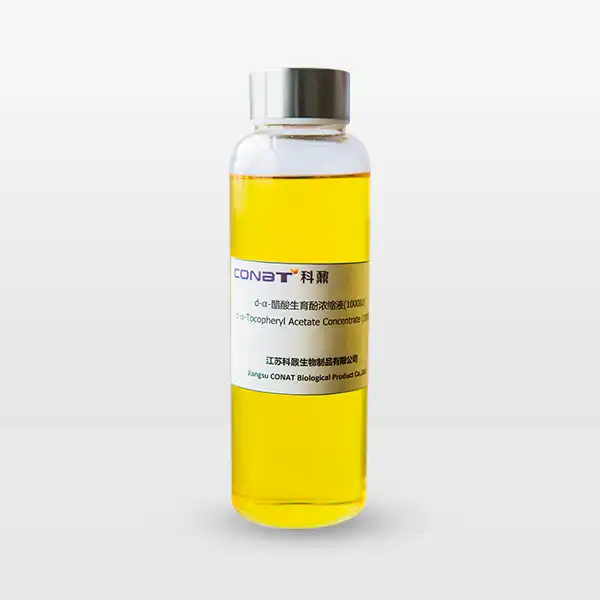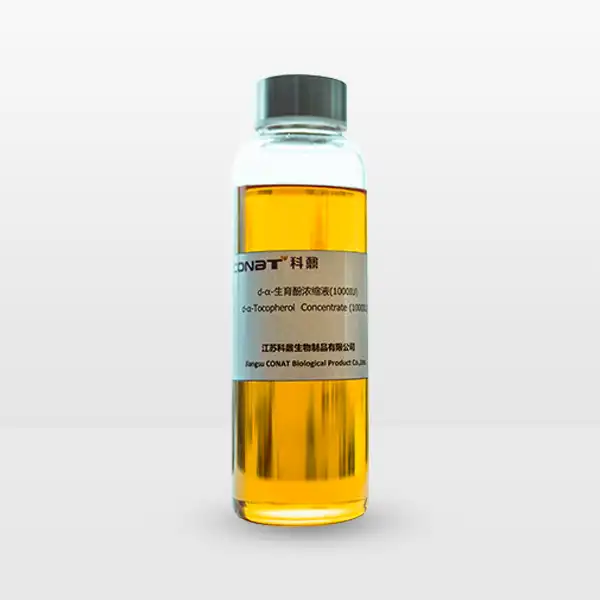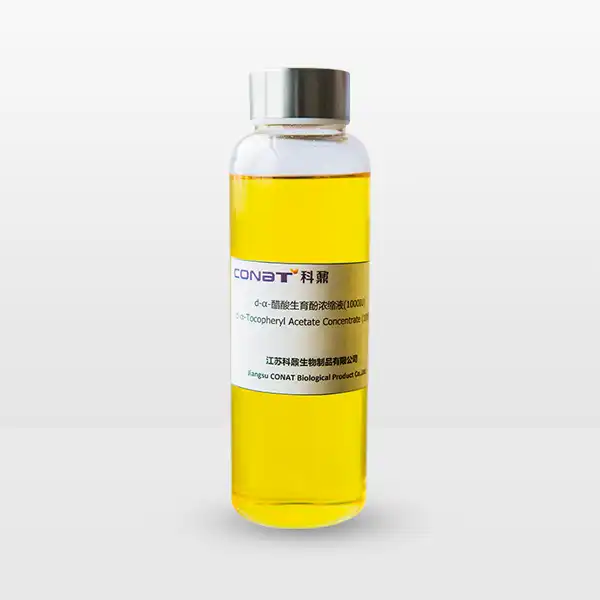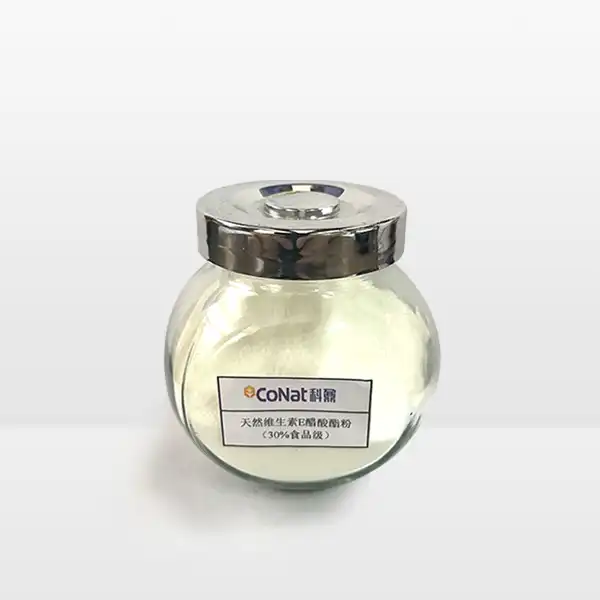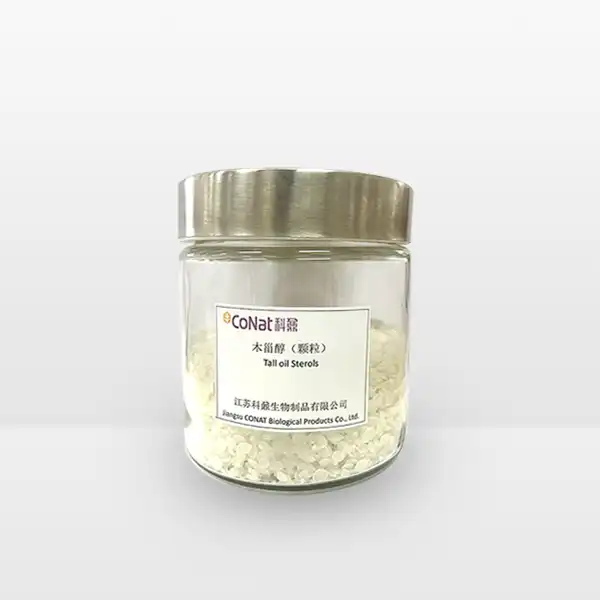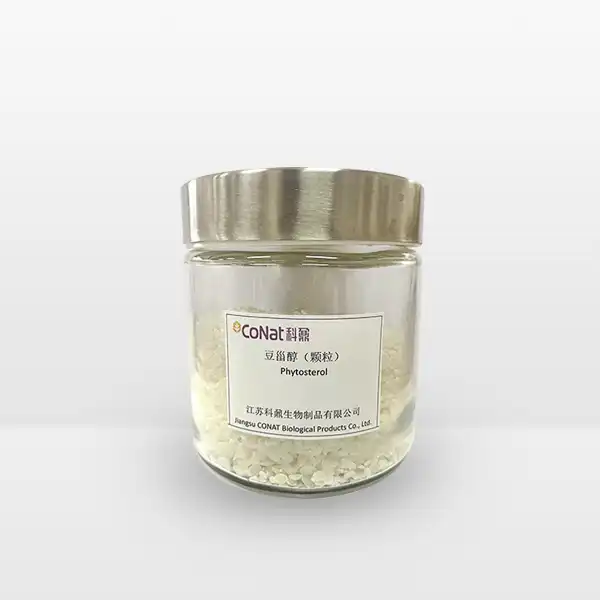- English
- French
- German
- Portuguese
- Spanish
- Russian
- Japanese
- Korean
- Arabic
- Greek
- German
- Turkish
- Italian
- Danish
- Romanian
- Indonesian
- Czech
- Afrikaans
- Swedish
- Polish
- Basque
- Catalan
- Esperanto
- Hindi
- Lao
- Albanian
- Amharic
- Armenian
- Azerbaijani
- Belarusian
- Bengali
- Bosnian
- Bulgarian
- Cebuano
- Chichewa
- Corsican
- Croatian
- Dutch
- Estonian
- Filipino
- Finnish
- Frisian
- Galician
- Georgian
- Gujarati
- Haitian
- Hausa
- Hawaiian
- Hebrew
- Hmong
- Hungarian
- Icelandic
- Igbo
- Javanese
- Kannada
- Kazakh
- Khmer
- Kurdish
- Kyrgyz
- Latin
- Latvian
- Lithuanian
- Luxembou..
- Macedonian
- Malagasy
- Malay
- Malayalam
- Maltese
- Maori
- Marathi
- Mongolian
- Burmese
- Nepali
- Norwegian
- Pashto
- Persian
- Punjabi
- Serbian
- Sesotho
- Sinhala
- Slovak
- Slovenian
- Somali
- Samoan
- Scots Gaelic
- Shona
- Sindhi
- Sundanese
- Swahili
- Tajik
- Tamil
- Telugu
- Thai
- Ukrainian
- Urdu
- Uzbek
- Vietnamese
- Welsh
- Xhosa
- Yiddish
- Yoruba
- Zulu
Is D-Alpha-Tocopheryl Acetate Powder Used as a Preservative in Food?
D-Alpha-Tocopheryl Acetate Powder is a fascinating and multifaceted food ingredient that has garnered significant attention in the nutrition and food processing industries. While many might wonder about its role in food preservation, this compound goes far beyond a simple preservative. Derived from vitamin E, this powder represents a sophisticated approach to enhancing food quality, stability, and nutritional profile.
What Makes D-Alpha-Tocopheryl Acetate Powder a Unique Food Ingredient?
The world of food additives is complex and nuanced, with D-Alpha-Tocopheryl Acetate Powder standing out as a remarkable example of scientific innovation in nutritional science. Unlike traditional preservatives that primarily focus on preventing microbial growth, this powder offers a multifaceted approach to food enhancement that transcends conventional understanding.
d-alpha-Tocopheryl Acetate is essentially a form of vitamin E that has been chemically modified to improve its stability and performance in various food applications. The "d-alpha" prefix indicates its natural molecular configuration, which is identical to the vitamin E found in human metabolism. This specific configuration ensures maximum biological effectiveness, distinguishing it from synthetic alternatives that might have different molecular structures.
Food manufacturers appreciate this ingredient for its remarkable properties. Its primary function extends far beyond mere preservation, encompassing a range of critical roles in food product development. The powder's molecular structure allows it to act as an antioxidant, which means it can protect food products from oxidative degradation. When fats and oils are exposed to oxygen, they tend to become rancid, developing unpleasant flavors and potentially harmful compounds. D-Alpha-Tocopheryl Acetate Powder effectively interrupts this oxidation process, thereby extending the shelf life of food products without relying solely on traditional chemical preservatives.
Moreover, the powder's compatibility with various food matrices makes it an incredibly versatile ingredient. It can be seamlessly incorporated into dry mixes, supplements, fortified foods, and even processed products that require enhanced stability. Its ability to maintain effectiveness across different pH levels and temperature ranges further underscores its unique characteristics.
The food industry's increasing focus on clean label products has also propelled the popularity of D-Alpha-Tocopheryl Acetate Powder. Consumers are becoming more discerning, demanding ingredients that are natural, recognizable, and scientifically validated. This ingredient meets those expectations perfectly, offering a natural alternative to synthetic preservatives while providing additional nutritional benefits.
How Does D-Alpha-Tocopheryl Acetate Powder Contribute to Food Stability?
Food stability is a critical concern for manufacturers, consumers, and regulatory bodies alike. D-Alpha-Tocopheryl Acetate Powder emerges as a sophisticated solution to multiple stability challenges, offering mechanisms that go well beyond traditional preservation techniques.
The powder's primary mechanism of action revolves around its powerful antioxidant properties. Oxidation is a natural chemical process that can dramatically compromise food quality, leading to color changes, flavor degradation, and potential nutritional loss. By neutralizing free radicals—unstable molecules that can cause cellular damage—D-Alpha-Tocopheryl Acetate Powder acts as a protective shield for food products.
In practical applications, this means the powder can significantly extend the shelf life of products containing fats and oils. For instance, in bakery items, nutritional supplements, and processed foods with high fat content, the powder helps prevent the development of rancid flavors and maintains the original sensory qualities. This is particularly crucial for products that undergo extended storage or transportation, where environmental factors like temperature fluctuations and exposure to light can accelerate degradation.
Interestingly, the stability enhancement is not merely about preventing spoilage but also about maintaining the intrinsic quality of food products. By protecting the molecular integrity of ingredients, the powder helps preserve the nutritional content, ensuring that consumers receive products as close to their original state as possible.
The powder's effectiveness varies across different food matrices, which makes it a subject of extensive research. Scientists and food technologists continually explore its potential in various applications, from dairy products to processed meats, studying how its molecular structure interacts with different food components to provide optimal protection.
Furthermore, D-Alpha-Tocopheryl Acetate Powder offers a more natural approach to food stability compared to synthetic alternatives. While traditional preservatives might rely on harsh chemical compounds, this ingredient leverages the inherent protective qualities of vitamin E, aligning with growing consumer preferences for clean, minimally processed foods.
Can D-Alpha-Tocopheryl Acetate Powder Enhance Nutritional Value in Food Products?
Nutritional enhancement represents another fascinating dimension of D-Alpha-Tocopheryl Acetate Powder's functionality. Far from being a passive ingredient, it actively contributes to the nutritional profile of food products, making it an invaluable tool in modern food formulation.
Vitamin E, in its natural d-alpha-tocopherol form, is renowned for its critical role in human health. It functions as a potent antioxidant in the human body, protecting cell membranes from oxidative stress and supporting various physiological processes. When incorporated into food products, D-Alpha-Tocopheryl Acetate Powder effectively delivers this essential nutrient in a stable, bioavailable form.
The powder's nutritional benefits extend across multiple food categories. In dietary supplements, it serves as a key ingredient that supports overall health. For fortified foods, it provides a means of increasing vitamin E content without significantly altering taste, texture, or other sensory characteristics. This is particularly important in products targeting specific demographic groups, such as children, athletes, or individuals with specific dietary requirements.
Nutritional scientists have extensively studied the absorption and metabolism of d-alpha-Tocopheryl Acetate. The acetate form allows for enhanced stability during food processing and storage, ensuring that the vitamin E remains intact and effective until consumption. Once ingested, the body efficiently converts the acetate form back to its active vitamin E state, maximizing its potential health benefits.
Research has suggested potential benefits ranging from cardiovascular health support to potential immune system modulation. While more studies are needed to definitively establish all health implications, the current scientific consensus recognizes vitamin E as an essential nutrient with wide-ranging potential benefits.
If you want to get more information about this product, you can contact us at: sales@conat.cn.
References
1. Traber, M. G. (2014). Vitamin E Adequacy. Current Opinion in Clinical Nutrition and Metabolic Care, 17(5), 449-455.
2. Zingg, J. M. (2018). Vitamin E: An Overview of Major Research Directions. Molecular Nutrition & Food Research, 62(10), 1700485.
3. Lodge, J. K. (2005). Vitamin E Bioavailability and Metabolism. Handbook of Vitamin E.
4. Shils, M. E., & Shike, M. (2006). Modern Nutrition in Health and Disease. Lippincott Williams & Wilkins.
5. Institute of Medicine. (2000). Dietary Reference Intakes for Vitamin C, Vitamin E, Selenium, and Carotenoids.
6. EFSA Panel on Dietetic Products, Nutrition and Allergies. (2015). Scientific Opinion on Dietary Reference Values for Vitamin E.
7. Brigelius-Flohé, R., & Traber, M. G. (1999). Vitamin E: Function and Metabolism. The FASEB Journal, 13(10), 1145-1155.
8. Bramley, P. M., et al. (2000). Vitamin E. Journal of the Science of Food and Agriculture, 80(7), 913-938.
9. Kamal-Eldin, A., & Appelqvist, L. A. (1996). The Chemistry and Antioxidant Properties of Tocopherols and Tocotrienols. Lipids, 31(7), 671-701.
10. Food and Nutrition Board, Institute of Medicine. (2000). Vitamin E. Dietary Reference Intakes for Vitamin C, Vitamin E, Selenium, and Carotenoids.
YOU MAY LIKE
